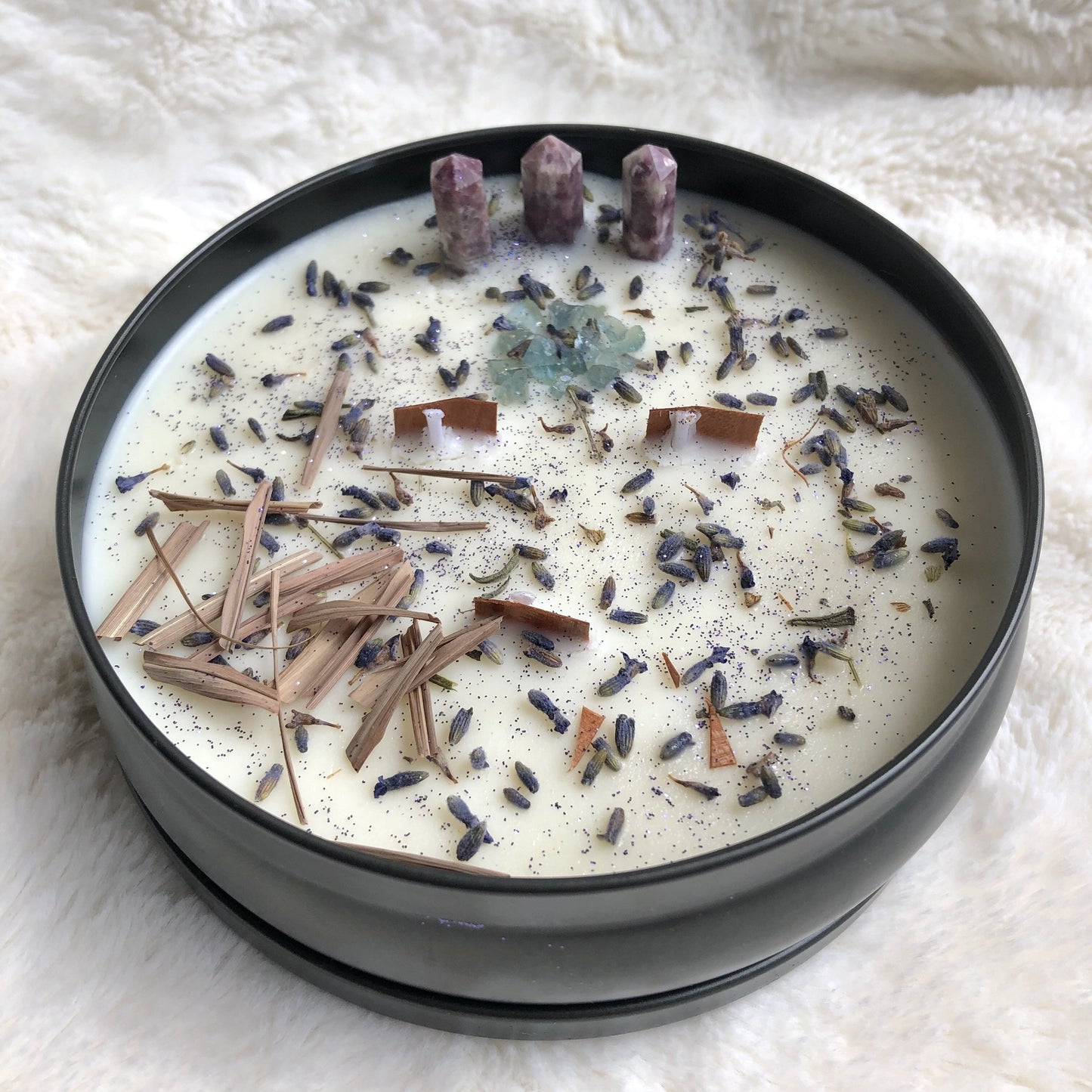
Candles have been around for 5000 years. The Ancient Romans are often credited for inventing candles with wicks, where they dipped papyrus in melted tallow (derived from animal fat, so it did not smell nice) or beeswax. It was used as a primary source of light at night before electricity was invented and lit up homes at night, aided travellers and featured in religious ceremonies.
Obviously their use has changed over time as electricity lit up homes, but today candles are appreciated for their fragrance and ability to relax us.
There are some things you should understand before buying any candle.
1. The Type of Wax
The type of substances used as wax has changed a lot over the years and we have come a long way from the smelling animal fat derived sources. Probably the biggest change was the invention of paraffin wax in the 1850s. Derived from refined petroleum, it became the cheapest source of candle wax and the most commonly used wax source in the mass production of candles. Paraffin though is not derived from a renewable source and because it has a lower melting point than other waxes, additives are often used so it burns longer. These additives can be toxic and according to a SC State University study, can be “hazardous to human health and cause poor indoor air quality.”
The 1990s saw the development of soy(bean) wax, which is a 100% natural wax derived from hydrogenated soybean oil. As it is derived from a plant it is derived from a renewable source which is better for the environment. Soy wax can also burn up to 50% longer than paraffin candles. Soy wax also has a cleaner burn, so you don’t get that grey sooty residue left behind that paraffin candles sometimes give.
Why doesn’t everybody use soy wax then instead of paraffin? Paraffin is cheaper. But in an environmentally conscious world, surely we have a responsibility to choose the greener option. That’s why only use soy wax.
2. The Wick
You’d think wicks is an easy subject but you also have to be careful of what candle wicks are made from. Some wicks have additives such as zinc and lead in what are called metal core wicks. These are mainly found in the US, China and Taiwan, where the metal core is used to help keep the wick upright during burning.
We use two types of wicks. One is CDN, which is made from cotton and has a paper fibre core. The other is wood wicks, made from - you guessed it, wood! This wood is from fruit trees sourced from Forest Stewardship Council (FSC) certified mills in the USA.
3. Fragrances
I’m sure when you look at a candle, you very often see nice sounding names like “ocean breeze” and “forest walk.” They might even give you the fragrances used, but what you won’t know, is how that fragrance changes during your candle burn/life and why!
Fragrances are made up of three key attributes, called the top note, medium note and base note. The top note is the initial smell the fragrance gives when you remove the lid. It is the most volatile fragrance and is the one that evaporates quickest. The medium note is the most prominent but it can take 10 to 20 minutes of candle burning for these fragrances to really come out. The base note is the lasting fragrance that stays around after you extinguish your candle.
If we used a blended fragrance, we believe in letting you know exactly how your candle is going to act and smell. So look out for our fragrance notes!
It is worth touching upon that scented candles don’t just smell great, but can be good for us.
According to UKCP registered psychotherapist and counsellor Chryssa Chalkia (UKCP, BABCP & BACP), “Candles are scientifically proven to soothe us. creating scented candles proven to transform your mood. Our sense of smell is incredibly powerful and shouldn’t be underestimated. The smell of the scented candle stimulates the part of your brain which is connected to memory and mood. From boosting energy through to relieving stress or even enhancing mental clarity, the healing properties coming from a lighted scented candle can deliver psychological effects. A study conducted by Keville and Green (2009) reports that imbalances of psychological wellbeing such as depression can be improved with the use of scented candles and oils. Some scented candles that can be used in practice to support clients struggling with anxiety or stress are:
• Lavender - relaxes instantly both mind and body.
• Clary sage - lifts mood.
• Cinnamon - makes you feel refreshed.
• Orange - reduces stress.
• Lemon - improves mood.
• Apple - controls anxiety.
• Peppermint - wakes up your mind and enhances focus.
• Frankincense - helps battle anxiety and gives a great stress relief.
• Sandalwood - relaxes and calms body and mind.
• Vanilla - increases happiness levels, uplifts your mood and stimulates feelings of relaxation and joy.”
Lastly… we hope you love and enjoy our candles. Each is handmade and unique, made just for you.
